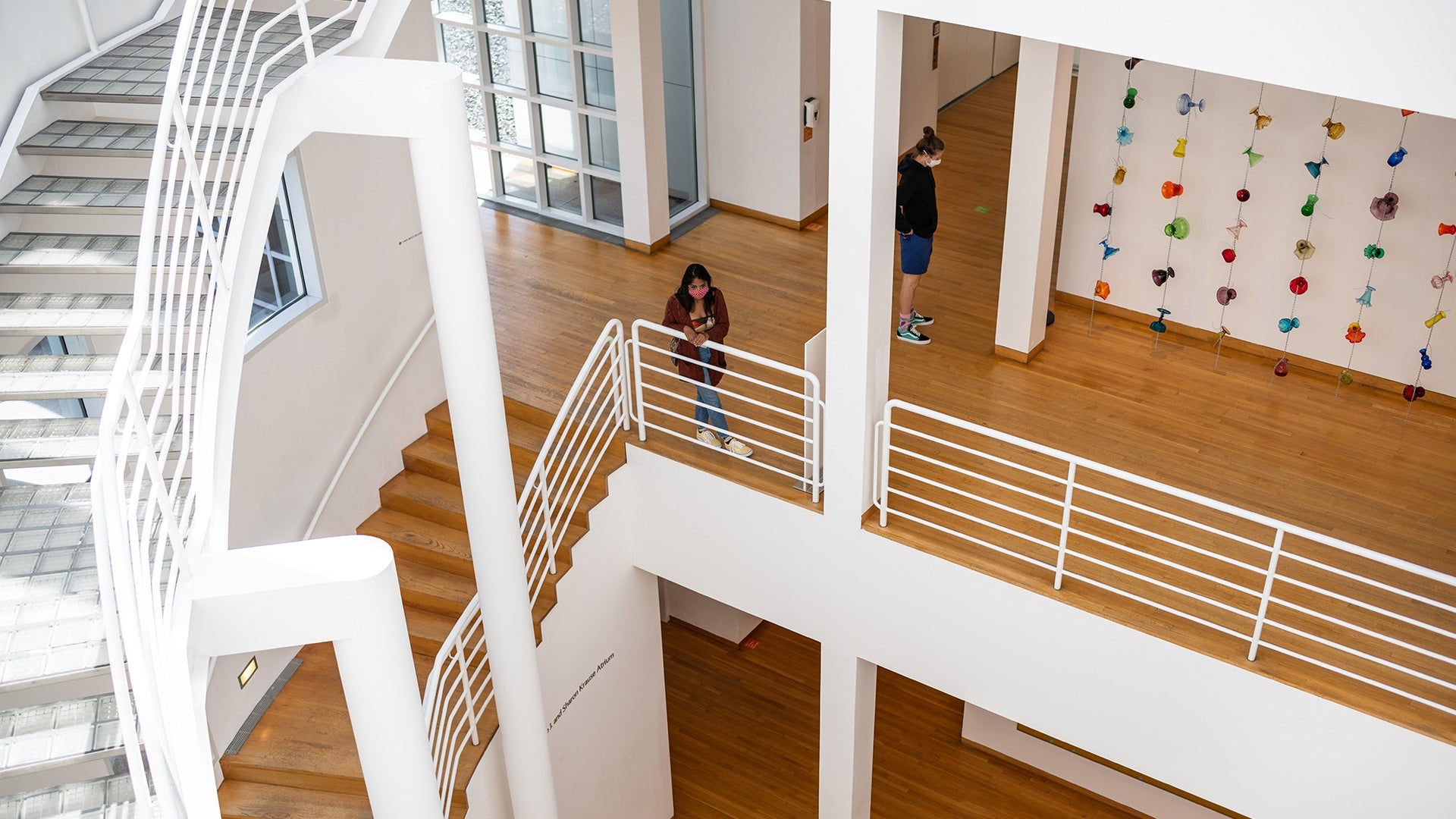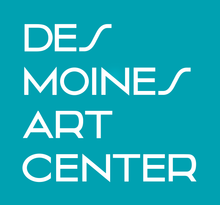
Pomegranate Communications Inc.
Mark Rothko Boxed Notecard Assortmant
- 20 blank notecards (5 each of 4 designs) with envelopes in a decorative box
- Printed in full color on FSC paper with soy based inks
- High-quality 250 gsm card stock
- Soft white envelopes
Card size: 5 x 7 in.
Pickup currently unavailable at Main Location
Mark Rothko Boxed Notecard Assortmant
Main Location
Pickup currently unavailable
4700 Grand Avenue
Des Moines IA 50312
United States

| Members only |
Members receive 10% off of books, jewelry, exhibition catalogues, and so much more.
To be considered an essential element of the community, the Des Moines Art Center must reflect the diversity of the place in which we live and work together. Museums tell and record the stories of humanity, and with an eye towards equity and inclusion, we live up to the standards of our mission and the expectations of our audience.
